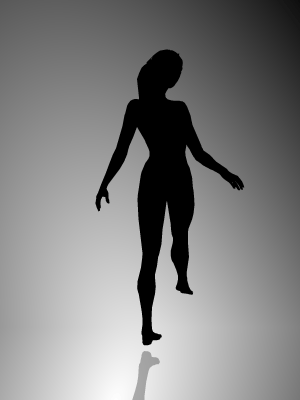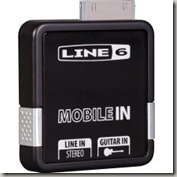
Fame Stems

In a fit of uncontrollable nostalgia, I went through some old files, and found a likely candidate amidst a pile of other detritus: fame.rmf.
Now, all I needed was something to play it in. The Beatnik Player Plugin, circa 2001, looks like it’ll work great in Netscape Communicator from the same epoch, but unlikely to work in Chrome 2012 (!!!)
So, I managed to scrounge up a barely-working copy of the Beatnik Editor, loaded it up, and was surprised to see that the file played and I could solo the various tracks. It’s very low quality- the entire RMF is only 325Kb- but it’s all about the magnificent vibe! I recorded a bit of the fun:

Sweet ES-355

I took a chance on the P93, and as you may have seen in my blog, it turned into quite a project trying to improve its sound. In the end, even after replacing the pickups and electronics, I am ultimately frustrated by the three pickup, three volume, one tone configuration. I would have preferred the traditional two humbuckers, two volume, two tone configuration.
I still haven’t completed my planned changes to improve the usability of the middle pickup, nor have I replaced the buzzy bridge with the roller. Changing these three pickups to two humbuckers is certainly possible, but the result would be less than beautiful due to the different hole-spacing and routing requirements of dog-eared P-90’s versus humbuckers.
A couple months back, Epiphone announced the guitar which I wish had been available when I purchased the Riviera P93: the new Epiphone ES-355…

Here Comes the Solo
There’s nothing quite like the experience of hearing the individual source tracks from a song you’ve known and loved all your life.
My first such experience was around the year 2000, while working at Thomas Dolby’s company Beatnik. I developed the mobile Beatnik Player (shown at right) and the Beatnik Editor which was used to produce a web-remix version of David Bowie’s Fame. This was waaay before the days of Rock Band and downloadable “stems” of Radiohead songs. It was mind-blowing to be able to solo the individual guitar riffs and drum tracks, and hear Bowie’s and Lennon’s voices isolated.
Update: Feb 10, 2012, I dug up the old Beatnik Fame RMF file and posted a recording of it here.
When iconic songs are so deeply internalized from a lifetime of listening- as is the case for me with most of the Beatles’ catalog- it’s almost surreal to hear the individual tracks. When listening to Beatles recordings in stereo, I often can’t resist adjusting the balance all the way to the left or right, to isolate the drums and guitars away from the voices, etc. You can get a bigger taste of this with Beatles Rock Band, if you have the patience to play a plastic guitar.
Recently my daughter Emily has fallen in love with Here Comes The Sun. I think they had her at “little darling”, but it’s easy to see how a six year old can be swept away by such an unabashedly optimistic and joyful song. This morning, I happened to come across this video, in which Beatles producer George Martin and his son Giles, as well as George Harrison’s son Dhani, are listening to the source tracks from this wonderful song, and unexpectedly discover a take of George’s guitar that never made it into the final mix. The look of on Dhani’s face is exactly what I’m talking about. Magic. Take a look:

Double-Blind Audio Brains
It’s an interesting philosophical/psychological question whether it’s even possible for the human brain to be objective about anything. There is a disconnect between perception and reality—our brain is an imperfect interface to the world around us, doing its best to interpret the signals it receives, and occasionally totally falling down on the job.
I’m sure you’ve seen these great mind-bending optical illusions, like the spinning dancer above (which way is she really spinning? I see her spinning counter-clockwise, but my wife and kids see her spinning clockwise), or the Ebbinghaus Illusion at left (yes, the orange balls are actually the same size).
But have you heard any good auditory illusions lately? Try these:

A POD in your Pad

This interface connects to the 30-pin dock, which as I described in my DIY iOS interface project, is the higher-fidelity lower-noise way to get audio into your iPhone/iPad. This is because there is a high-quality 24-bit 48kHz D/A in the interface itself, and the signal is transferred digitally into the iDevice.
Again, my main concern with this type of device is that it hangs off the bottom of your iPhone/iPad on that delicate dock connector, with the guitar cable plugged into that. It makes me nervous that the inevitable kick-the-cord accident will brick your $600 iPad. Also, the iPhone/iPad can’t charge while this is plugged in, so you have to make sure you’re fully charged up.
At $79.99, this is cheaper than the other digital guitar interfaces (Apogee Jam, Sonoma GuitarJack, etc). The iOS app is free, but is tied to the hardware. You currently can’t use the app with another interface.
Intriguing, but I’m not rushing out immediately to get one. Are you?

